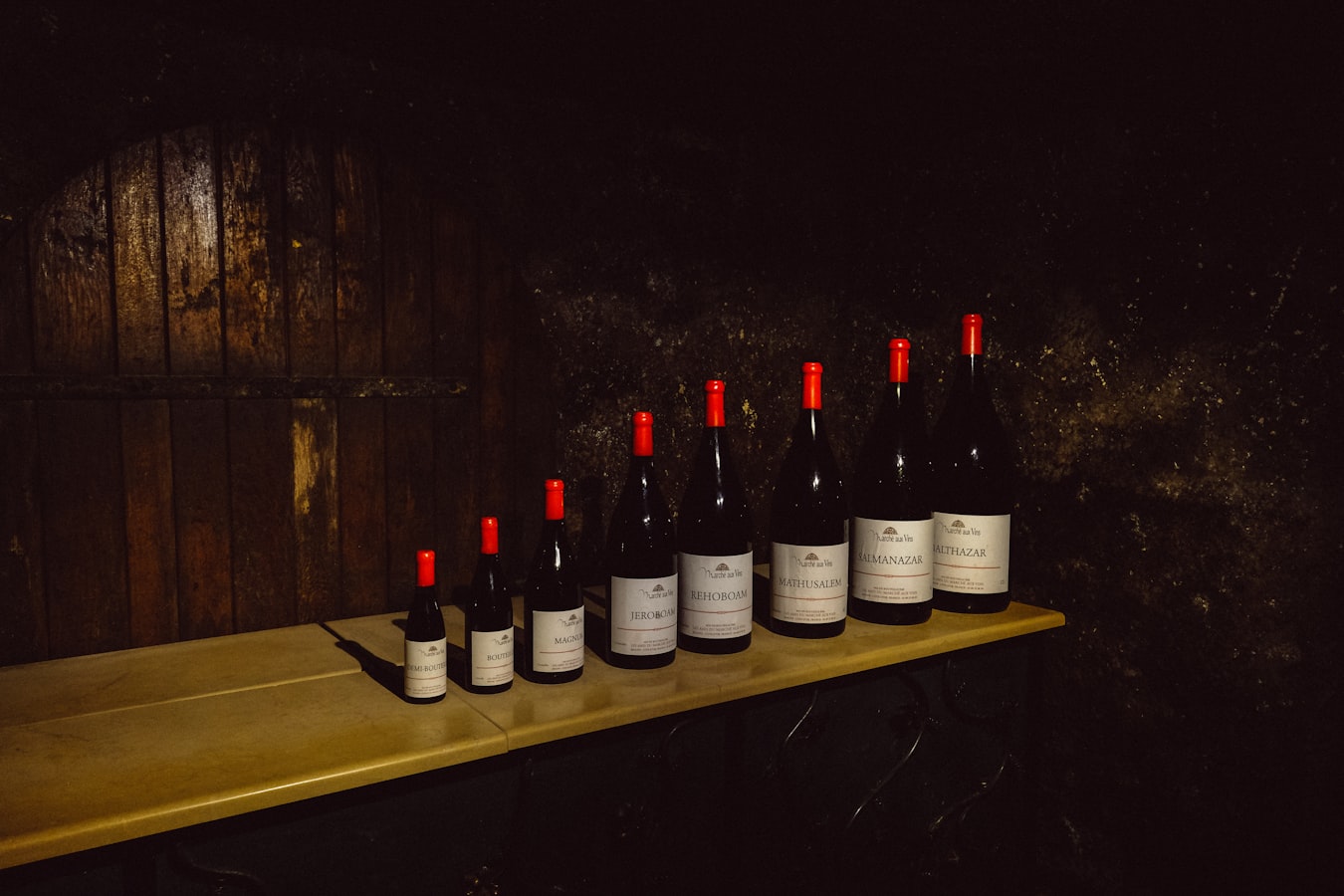Wine bottle sizes

While the most common size bottle is 750ml, there are many other formats. Below you’ll find a rather complete list of them.
Before I go into that though, have you ever wondered why is a wine bottle exactly 750ml?
Isn’t that a bit of an arbitrary size?
There are many theories about it. The one I personally find most realistic is the following.
In 18th century Europe, they first realised how important it was to store wine in glass bottles. At the time, glass bottles were hand made by artisans who would blow them one by one. Because of this, the size of the bottle they could produce was limited by the strenght of their lungs. They could blow bottles up to 650 or 750ml. The 750ml bottle became the standard container for wine so to maximise the liquid stored in one container.
A complete guide to wine bottle sizes
The naming is rather flamboyant as it recalls biblical kings. Why is so, no one is quite sure about…
However, a rather interesting anecdote refers to the 570ml Champagne bottle named after Winston Churchill.
Apparently 20 ounces was the minister’s perfect portion of Champagne for the morning!
-
187.5 ml Piccolo or Split;
-
375 ml Demi or Half;
-
570 ml Wiston Churchill;
-
750 ml Standard;
-
1.5 L Magnum;
-
3.0 L Double Magnum (Jeroboam when referring to sparkling wines!);
-
4.5 L Rehoboam when referring to sparking wines- (Jeroboam in Bordeaux!);
-
6.0 L Imperial (also called Methuselah);
-
9.0 L Salmanazar;
-
12.0 L Balthazar;
-
15.0 L Nebuchadnezzar;
-
18.0 L Melchoir;
-
20.0 L Solomon;
-
26.0 L Sovereign;
-
27 L Primat or Goliath;
-
30.0 L Melchizedek or Midas!
